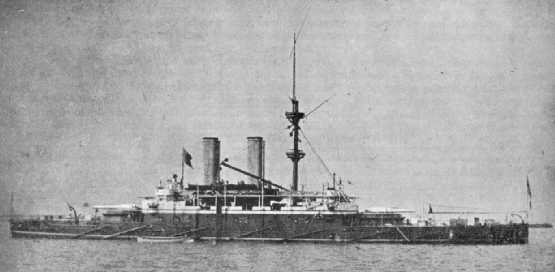|
Mark III was an Elswick design originally intended as a trunnioned coast defense gun without chase-hooping, but the guns were completed with a chase hooping and had a collar in place of the trunnions. Construction was A tube, a breech piece which took the breech block and 27 hoops in five layers. Mark IV was a Woolwich design and differed in having only fourteen hoops in three layers locked together with bayonet joints. These were later chase-hooped. Mark V was another Woolwich design and had a liner and inner A tube (alpha tube) with a breech piece, B tube and five hoops in two layers over it. As the liner was in two layers, this design was not chase-hooped. Mark Vw was a Whitworth design that did not have a liner or inner A tube and added two B hoops to extend the B layer to the muzzle. All marks had a screw breech with four interruptions that was hydraulically operated and completely detached from the gun when the breech was open. Six Mark III, four Mark IV, seven Mark V and five Mark Vw were manufactured. Although different in construction, all of these Marks were interchangeable with each other. Actual bore length was 25.25 calibers. Nomenclature note: The 12"/25 (30.5 cm) Mark VI and Mark VII were coast defense guns for "No Man's Land" and Horse Sand forts. The Mark VI was a trunnioned version of the Mark V while the Mark VII resembled the Mark Vw with the addition of a jacket. Four Mark VI and three Mark VII were completed. Performance of these guns was similar to the naval versions. |

HMS Collingwood at the 1902 Review
|